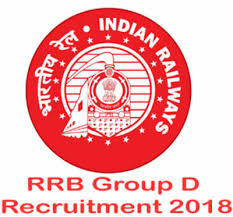The need for better cybersecurity in today’s digital-first, interconnected world cannot be overstated. Faced with a growing number of cyber-attacks as well as fast-evolving threat landscape, organisations are bolstering their security readiness to address the cybersecurity challenge. This has created an exponential demand for skilled cybersecurity experts across the globe – a demand which is fast outpacing the supply. Various industry studies estimate a talent shortage of 1.8 million to 3.2 million within the cybersecurity domain by 2021.
 It is to help aspiring cybersecurity professionals to take advantage of this unparalleled opportunity that Udacity, the Silicon Valley-based lifelong learning platform, has launched its Cybersecurity Nanodegree program. The program has been created in collaboration with Chronicle Security, a sister company of Google, and also features contributions from leading security experts at Facebook, Microsoft, Visa, and VMware. These include Mike Wiacek (Co-founder & CSO – Chronicle), Aanchal Gupta (Director of Security – Facebook), Ashish Jaiman (Director of Cybersecurity – Microsoft), Swapnil Deshmukh(Senior Director of Cybersecurity – Visa), WaelGhandour (Lead Security Engineer – VMware), and Ariel Kirson (Security Development Lifecycle Executive).
It is to help aspiring cybersecurity professionals to take advantage of this unparalleled opportunity that Udacity, the Silicon Valley-based lifelong learning platform, has launched its Cybersecurity Nanodegree program. The program has been created in collaboration with Chronicle Security, a sister company of Google, and also features contributions from leading security experts at Facebook, Microsoft, Visa, and VMware. These include Mike Wiacek (Co-founder & CSO – Chronicle), Aanchal Gupta (Director of Security – Facebook), Ashish Jaiman (Director of Cybersecurity – Microsoft), Swapnil Deshmukh(Senior Director of Cybersecurity – Visa), WaelGhandour (Lead Security Engineer – VMware), and Ariel Kirson (Security Development Lifecycle Executive).
Speaking on the announcement, Ishan Gupta, Managing Director India, Udacity, said, “Cybercrime has become a global menace today and is exceptionally threatening given the growing digital interconnectivity between our devices, networks, and lives. Cybersecurity is no longer a luxury but has become the need of the hour. Adequately protecting themselves against a dynamic and constantly evolving threat landscape, however, will require organisations to hire skilled cybersecurity professionals. This is the skills gap that we aim to address with our Cybersecurity Nanodegree program.”
The latest Nanodegree combines Chronicle’s bleeding-edge expertise at applying planet-scale computing and analytics to security operations with Udacity’s agile and dynamic learning platform. This unique combination will provide learners on the platform with an efficient, path-breaking, and unparalleled skilling opportunity which will help them capitalise on the rapidly growing demand for skilled cybersecurity professionals and accelerate their career growth.
“Our cross-industry collaboration with Chronicle allows us to provide our learners with the cybersecurity training they need to stay ahead of the threat curve. Contributions from leading security experts at top global tech companies will also provide more depth and context to learners, helping them understand the many nuances of today’s increasingly digitally-driven world. By providing an immersive, in-depth, and differentiated learning experience, we aim to help our learners combat the cybercrime menace across industries while also availing the lucrative career opportunities available in the domain,” he added.
Udacity’s Cybersecurity Nanodegree program is designed to deliver broadly-applicable skills valued across a wide range of domains and industries. The program curriculum is split into six courses comprising seven projects, spread over two three-month terms. From fundamental knowledge about Python, networking, cloud architecture, APIs, etc. to advanced skills pertaining to AuthN/AuthZ frameworks, VMs, serverless computing, and threat modelling, the program provides learners with the skills they need to build, operate, and secure cloud platforms. The final capstone project course teams up learners into two teams of attackers and defenders to learn how to attack and defend a cloud production environment.
Udacity will also provide video classes, programming exercises, and hands-on projects throughout the program to further help learners to fully absorb critical cloud-native security concepts and embrace a security-first mindset. Succeeding in the program will require learners to have intermediate Python experience and a basic understanding of Linux and networking.
The Cybersecurity Nanodegree program is currently open for registrations. Professionals interested in taking up challenging, in-demand roles such as Security Engineer and Cloud Security Engineer can apply at: https://in.udacity.com/course/cybersecurity-nanodegree–nd1337



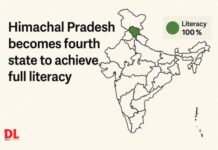
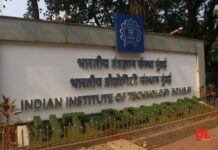

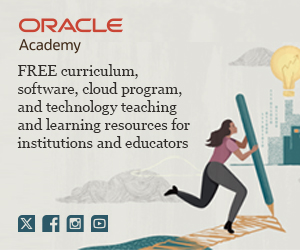

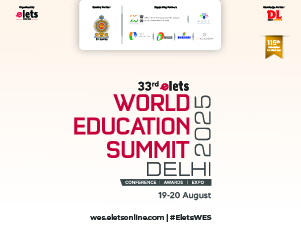


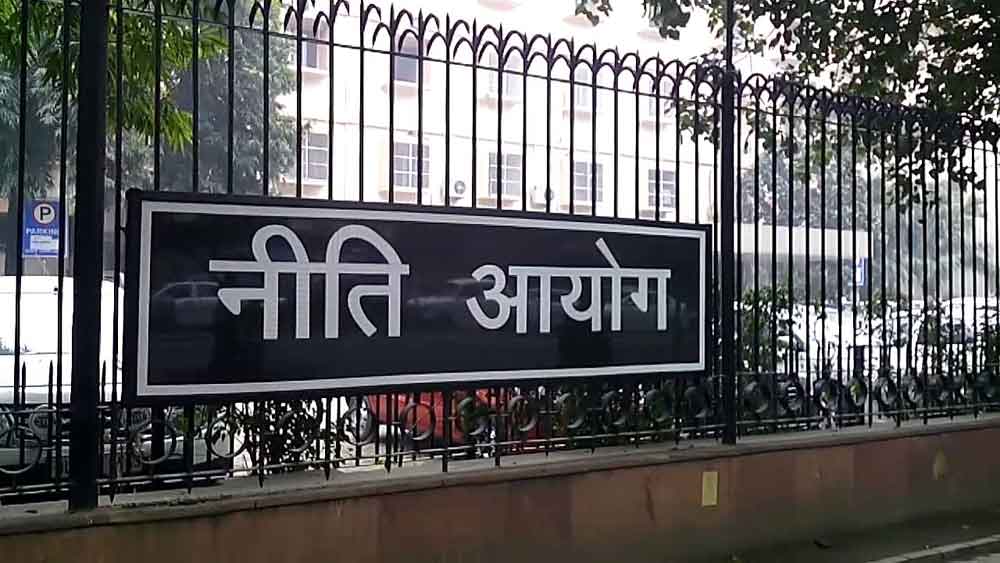



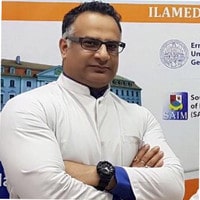

 “From the next academic session, it will become mandatory for students to submit self-attested academic credentials along with admission form,” Javadekar said while briefing media about the new notification to be applicable to undergraduate, postgraduate and research programmes run by universities and deemed universities.
“From the next academic session, it will become mandatory for students to submit self-attested academic credentials along with admission form,” Javadekar said while briefing media about the new notification to be applicable to undergraduate, postgraduate and research programmes run by universities and deemed universities.
 It is to help aspiring cybersecurity professionals to take advantage of this unparalleled opportunity that Udacity, the Silicon Valley-based lifelong learning platform, has launched its Cybersecurity Nanodegree program. The program has been created in collaboration with Chronicle Security, a sister company of Google, and also features contributions from leading security experts at Facebook, Microsoft, Visa, and VMware. These include Mike Wiacek (Co-founder & CSO – Chronicle), Aanchal Gupta (Director of Security – Facebook), Ashish Jaiman (Director of Cybersecurity – Microsoft), Swapnil Deshmukh(Senior Director of Cybersecurity – Visa), WaelGhandour (Lead Security Engineer – VMware), and Ariel Kirson (Security Development Lifecycle Executive).
It is to help aspiring cybersecurity professionals to take advantage of this unparalleled opportunity that Udacity, the Silicon Valley-based lifelong learning platform, has launched its Cybersecurity Nanodegree program. The program has been created in collaboration with Chronicle Security, a sister company of Google, and also features contributions from leading security experts at Facebook, Microsoft, Visa, and VMware. These include Mike Wiacek (Co-founder & CSO – Chronicle), Aanchal Gupta (Director of Security – Facebook), Ashish Jaiman (Director of Cybersecurity – Microsoft), Swapnil Deshmukh(Senior Director of Cybersecurity – Visa), WaelGhandour (Lead Security Engineer – VMware), and Ariel Kirson (Security Development Lifecycle Executive).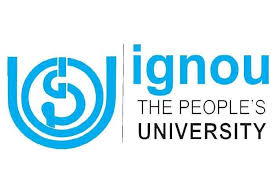
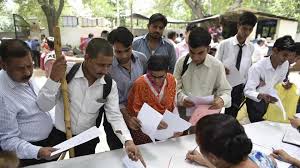 Interested students are required to carry two copies of their latest resume (having IGNOU enrolment no.), ID proof, address proof, and passport size photographs for the interview.
Interested students are required to carry two copies of their latest resume (having IGNOU enrolment no.), ID proof, address proof, and passport size photographs for the interview.